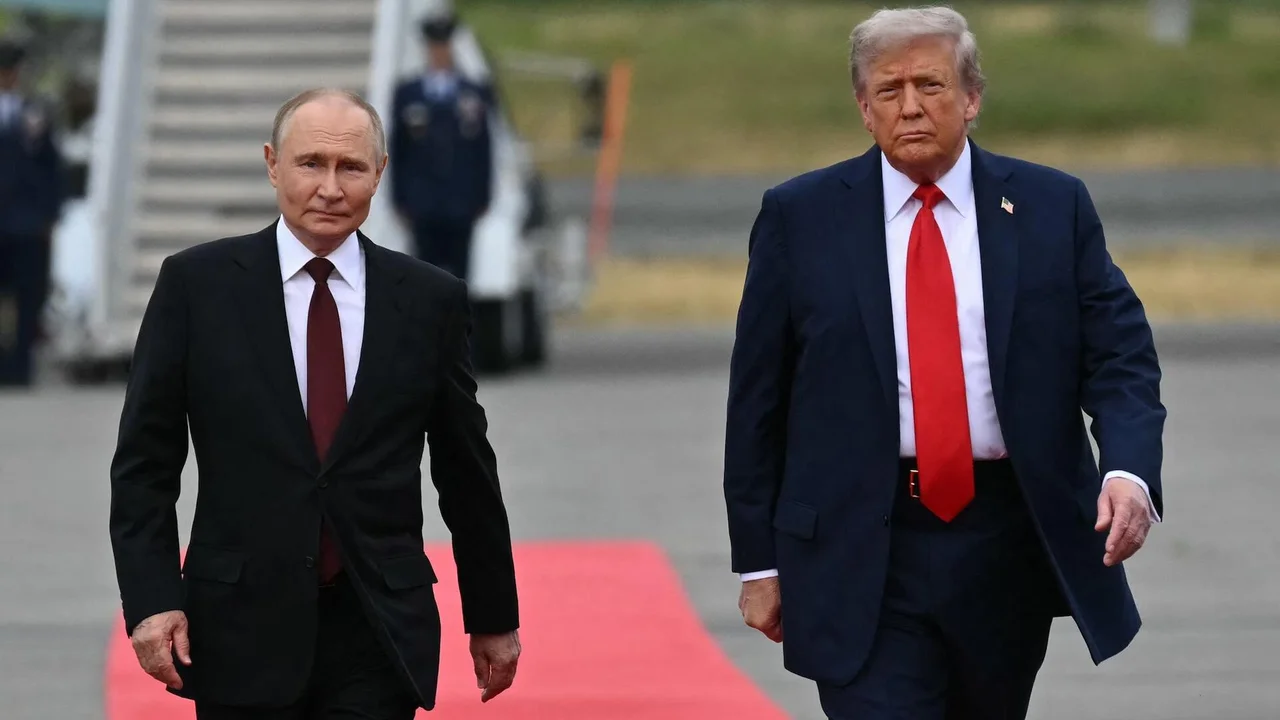High-Stakes Meeting on American Soil
Former US President Donald Trump welcomed Russian President Vladimir Putin to Alaska for a critical summit aimed at exploring ways to end the ongoing war in Ukraine. The meeting took place at Joint Base Elmendorf-Richardson, where the two leaders greeted each other and moved to a small podium flanked by military aircraft. Trump has repeatedly stated that one of his top foreign policy priorities is to achieve a swift resolution to the conflict, emphasizing that his long-standing relationship with Putin could help unlock diplomatic progress.
During remarks ahead of the closed-door discussions, Trump called for a rapid ceasefire, noting that while he did not expect an immediate resolution, he would be dissatisfied if the talks failed to produce concrete steps toward peace. He reiterated that any expansion of US–Russia business relations would only occur once fighting stopped. The summit was framed as a decisive attempt to save lives and reduce global tensions, with Trump warning of significant consequences should no progress be made. For further background on the conflict, visit NATO’s Ukraine support overview.
Key Agenda: Ceasefire, Security Guarantees, and Future Talks
The discussions in Alaska focused on three main areas: securing a ceasefire, establishing security guarantees for Ukraine, and laying the groundwork for broader negotiations. Trump indicated he was open to working with European nations and other global powers to provide Ukraine with security assurances, while clarifying that NATO membership for Ukraine was not part of the immediate proposal.
The possibility of territorial compromises was briefly mentioned, but Trump stressed that such decisions would rest entirely with Ukraine’s leadership. He presented the summit as an initial step toward bringing Ukrainian President Volodymyr Zelenskyy and Putin to the same negotiating table in the near future. Analysts suggest that a best-case scenario would involve the two leaders agreeing to a structured road map for peace, complete with timelines and objectives. For more on US foreign policy positions, see the U.S. Department of State.
Global Implications and Strategic Signals
The Alaska summit carried significant symbolic weight, as it marked a rare high-level meeting between American and Russian leaders amid strained relations and ongoing sanctions. While expectations for an immediate breakthrough were limited, the very act of meeting signaled potential openings for future diplomacy. For Putin, securing a face-to-face with a former US president offered a platform to present his positions directly, while for Trump, it represented a chance to position himself as a mediator in one of the world’s most dangerous conflicts.
The talks also drew attention to the strategic location of Alaska — a state with deep historical ties to both the United States and Russia — underscoring its role as a potential bridge for dialogue. A resolution to the war could have far-reaching effects on global trade, energy markets, and international security alliances. For detailed regional context, explore the Council on Foreign Relations and the United Nations resources on peace negotiations.



